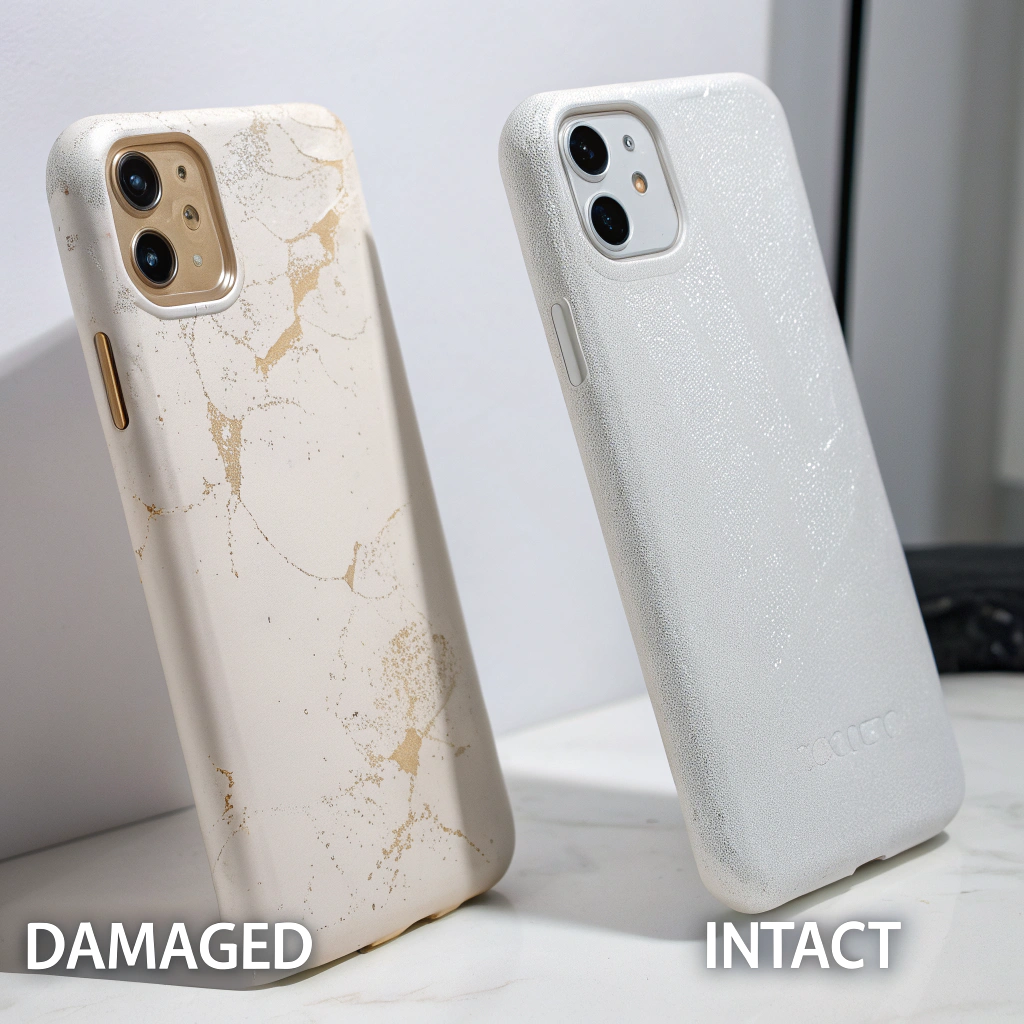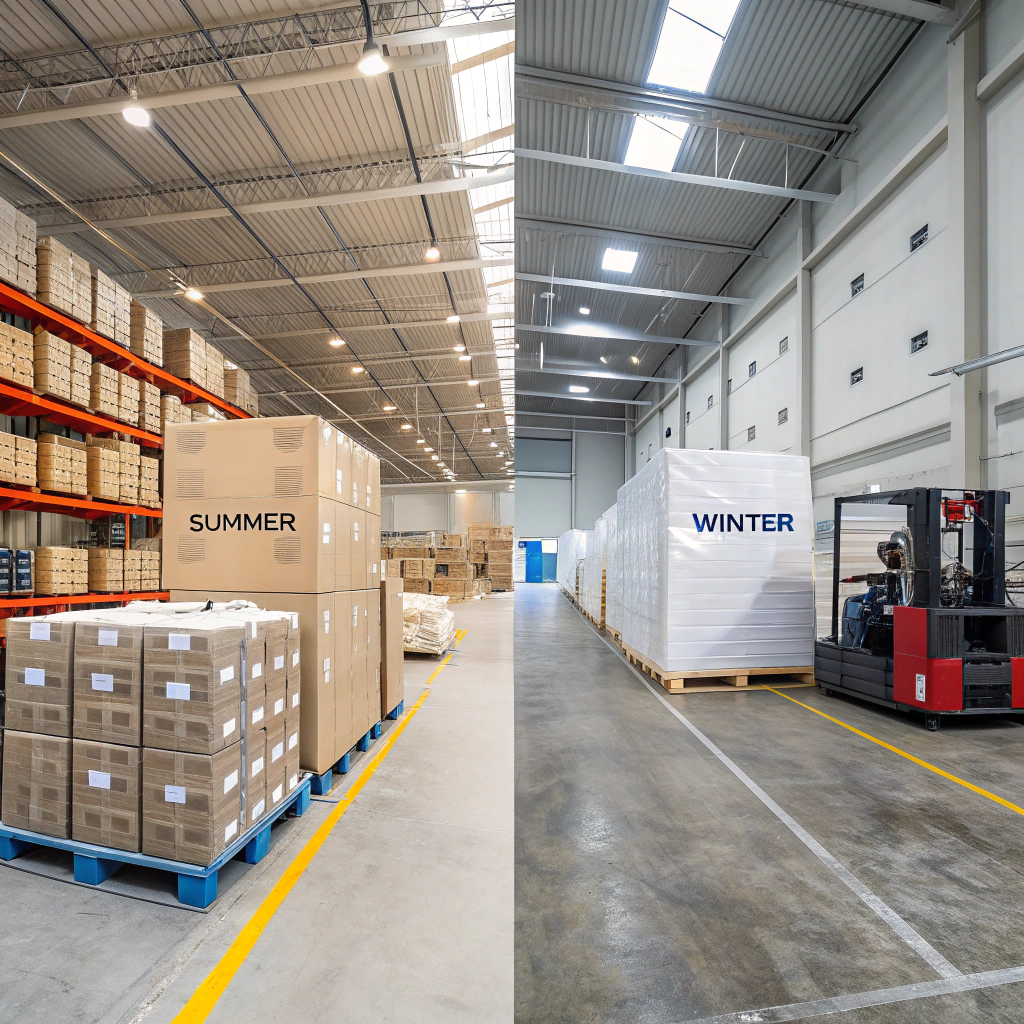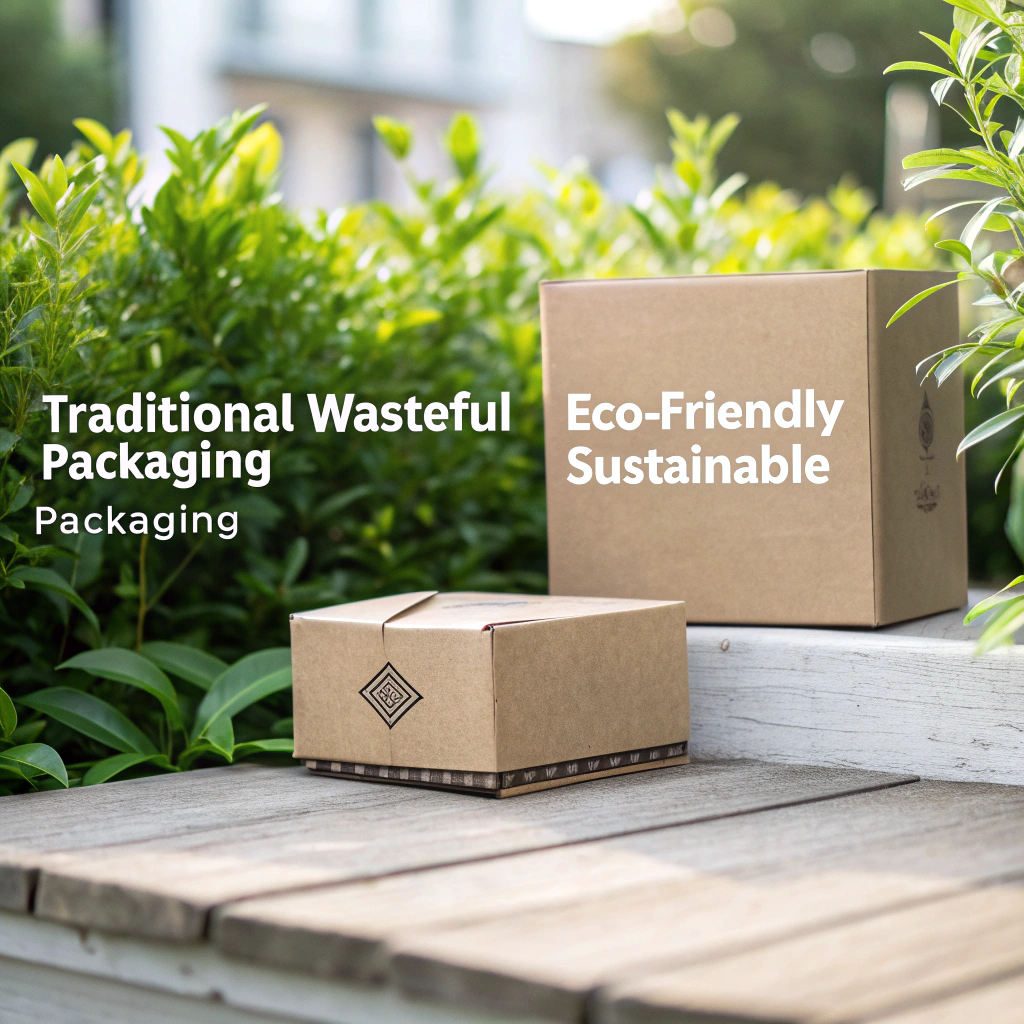10 Common Packaging Errors That Can Cost You Customers
In today’s competitive marketplace, packaging serves as your brand’s first physical touchpoint with customers. Poor packaging decisions don’t just result in damaged products; they create negative experiences that drive customers to competitors and damage your reputation through reviews and word-of-mouth. Understanding and avoiding these common packaging errors can significantly impact your customer retention, operational costs, and brand perception.

Poor packaging decisions create negative customer experiences that can permanently damage brand relationships.
1. Oversized Packaging That Wastes Space and Money
One of the most frequent and costly mistakes is using packaging that’s significantly larger than necessary. Oversized boxes increase shipping costs through dimensional weight pricing, waste materials, and create poor unboxing experiences. Customers often perceive excessive packaging as wasteful and environmentally irresponsible.
Right-sized packaging reduces shipping costs, minimizes material waste, and demonstrates environmental consciousness. Implementing packaging optimization software or working with suppliers to develop size-specific solutions can dramatically reduce this issue.
2. Insufficient Protection Leading to Product Damage
Underestimating protection requirements results in damaged products, unhappy customers, and costly returns. This error often stems from attempting to minimize packaging costs without considering the total cost of damaged shipments, including replacement products, return shipping, customer service time, and lost customer trust.
Conduct proper testing to determine minimum protection requirements for your products. Factor in the roughest handling scenarios your packages might encounter during transit.

Adequate protection prevents product damage and maintains customer satisfaction throughout the shipping process.
3. Poor Material Selection for Product Requirements
Choosing packaging materials without considering product-specific needs creates multiple problems. Electronics require anti-static protection, food products need appropriate barrier properties, and fragile items demand impact-resistant materials. Generic packaging solutions rarely provide optimal protection for specialized products.
Work with packaging engineers to identify the specific requirements for your products. Consider factors like moisture sensitivity, temperature requirements, and chemical compatibility when selecting materials.
4. Ignoring Seasonal and Climate Considerations
Failing to adjust packaging for seasonal conditions leads to temperature-related damage, moisture problems, and material failures. Summer heat can soften adhesives and warp materials, while winter cold can make materials brittle and prone to cracking.
Develop seasonal packaging protocols that account for extreme temperatures, humidity changes, and extended transit times during peak shipping periods. Consider climate-controlled packaging options for sensitive products.

Seasonal packaging adjustments protect products from weather-related damage and ensure consistent quality year-round.
5. Complicated or Frustrating Opening Experiences
Difficult-to-open packaging creates immediate customer frustration and can lead to product damage during the opening process. Excessive tape, complex sealing methods, or materials requiring tools to open create negative first impressions and can even cause safety concerns.
Design packaging that balances security with easy opening. Test your packaging with actual customers to identify pain points in the unboxing experience.
6. Inadequate Labeling and Communication
Poor labeling practices confuse customers and create handling problems throughout the supply chain. Missing fragile indicators, incorrect orientation arrows, or unclear handling instructions increase damage risks and create customer confusion about product contents or usage.
Implement comprehensive labeling standards that communicate essential information clearly to both handlers and customers. Use internationally recognized symbols and maintain consistency across all packaging.
7. Neglecting Brand Experience in Packaging Design
Treating packaging purely as protection rather than a brand touchpoint misses opportunities to create positive customer experiences and reinforce brand values. Generic, unmarked packaging fails to build brand recognition and can make products appear cheap or unreliable.
Integrate brand elements appropriately without compromising functionality. Consider how packaging reflects your brand values, particularly regarding sustainability and quality.

Well-designed packaging reinforces brand identity and creates positive customer experiences that encourage repeat purchases.
8. Inconsistent Packaging Quality and Standards
Varying packaging quality between shipments creates unpredictable customer experiences and suggests poor quality control. Inconsistency in materials, construction, or appearance can damage brand credibility and customer trust.
Establish clear packaging standards and implement quality control processes to ensure consistency. Regular supplier audits and incoming material inspections help maintain standards.
9. Failure to Consider Return and Reuse Scenarios
Not designing packaging for potential returns creates additional costs and customer frustration when products need to be sent back. Packaging that’s destroyed during opening cannot be reused for returns, requiring customers to find alternative packaging or increasing your return processing costs.
Design packaging that can be easily reopened and resealed when possible. Provide clear return instructions and consider including return labels for high-return categories.
10. Ignoring Environmental Impact and Customer Values
Using environmentally unfriendly packaging materials or excessive packaging alienates environmentally conscious customers and can damage brand reputation. Modern consumers increasingly make purchasing decisions based on environmental considerations.
Implement sustainable packaging practices that align with customer values without compromising protection. Communicate your environmental efforts clearly to customers who value sustainability.

Sustainable packaging choices appeal to environmentally conscious consumers while often reducing costs and waste.
Moving Forward: Creating Packaging Excellence
Avoiding these common errors requires systematic evaluation of your current packaging practices and ongoing attention to customer feedback. Regular testing, supplier partnerships, and customer surveys provide valuable insights for continuous improvement.
Remember that packaging investments often pay for themselves through reduced damage rates, improved customer satisfaction, and enhanced brand perception. The cost of fixing packaging problems after they occur almost always exceeds the investment in getting it right from the beginning.
By addressing these common packaging errors proactively, you can create positive customer experiences, reduce operational costs, and build stronger brand loyalty that drives long-term business success.
Whether you’re a growing brand or a small business with big ideas, your packaging should deliver more than just a product—it should deliver an experience. The right box can create emotion, inspire loyalty, and tell your story without saying a word.
At Imperial Paper, we help businesses of all sizes design packaging that protects, performs, and delights. From sturdy shipping boxes to branded unboxing experiences, we’ve got you covered.
📞 Talk to our team or explore our eco-friendly, customizable packaging solutions today.
Need smaller quantities or more personalized packaging options? Visit our partner site BestBoxStore.com—perfect for boutique brands, creative campaigns, and custom low-volume orders.
